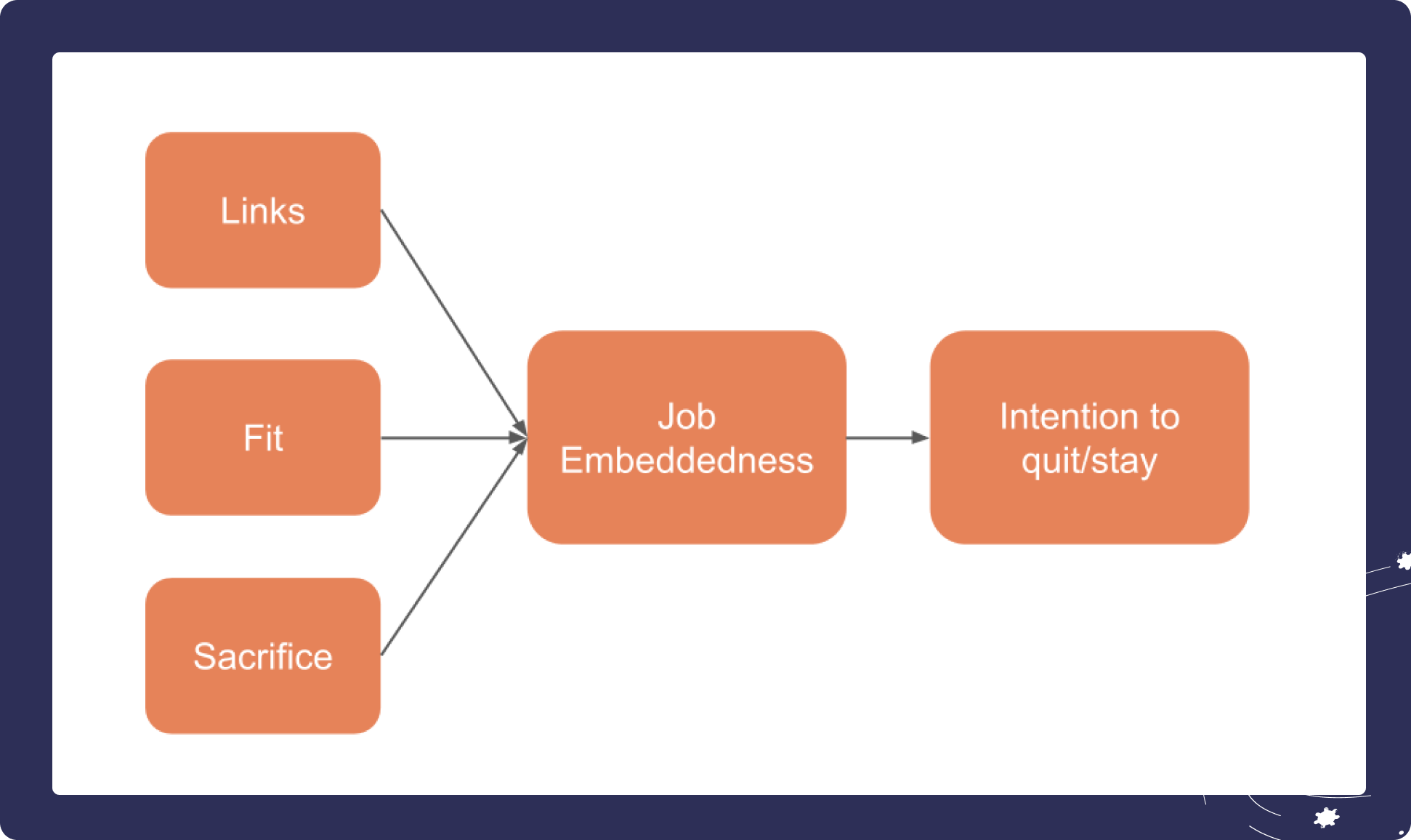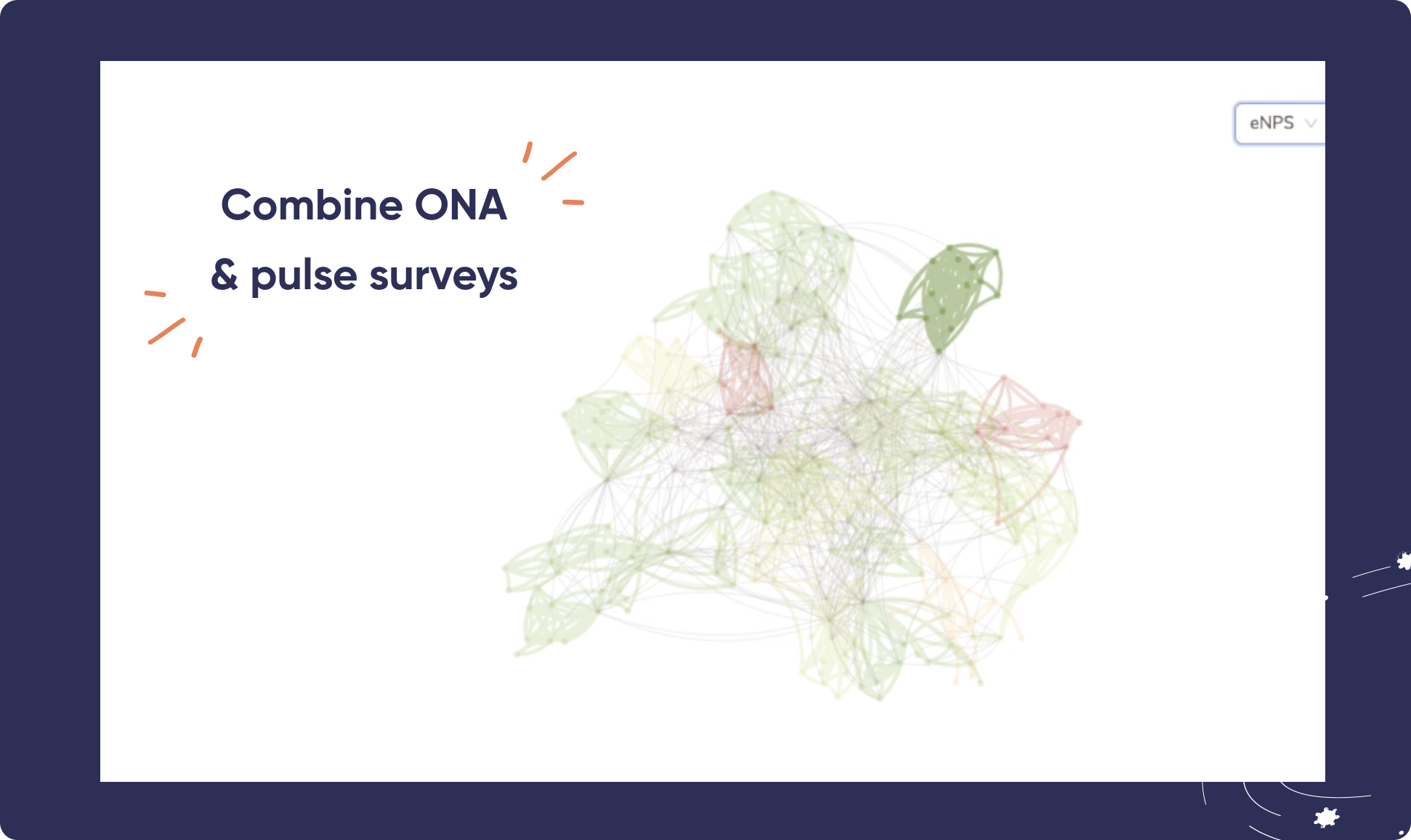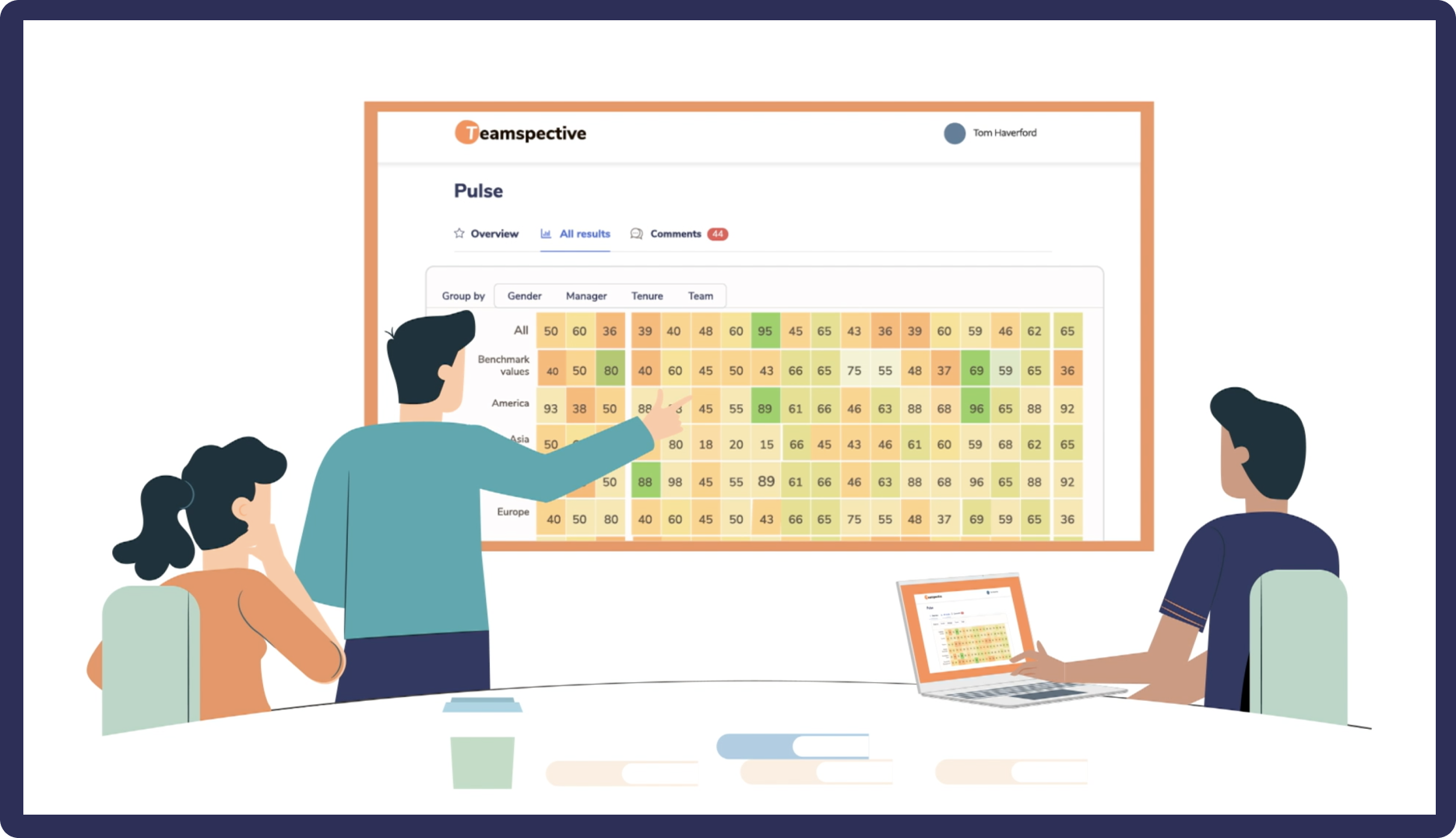Turnover contagion – why employees quit after their colleagues?
October 17, 2024Top talent is scarce and precious. The last thing any leader wants to see is people starting to leave one after another. These chain reactions are actually quite common due to “turnover contagion”. In this article, we discuss the causes of turnover contagion as well as how companies can pre-empt it, prepare for it, and handle its impacts.
Attracting new talent is tough and expensive. With developers and other IT talent, the total cost of recruiting and onboarding can add up to 6 to 9 months’ salary! And that’s before accounting for the lost productivity until the new employee has been onboarded.
Hence, your top talent leaving can feel like watching diamonds slipping through your fingers.
However, it can get much worse. Just one or two people leaving can escalate into many others starting to consider alternative options, resulting in a chain reaction of employees leaving. This phenomenon is called “turnover contagion”.
What is turnover contagion and why does it happen?
Turnover contagion refers to the phenomenon where one employee’s decision to leave an organization increases the likelihood that their colleagues will also depart.
Humans are fundamentally social creatures. Personal relationships play a major role in our commitment to any group. Yes, an organization’s mission and the meaningfulness of one’s role matter, and benefits also have an impact – but these factors are all overshadowed by the bonds people build with their colleagues.
Even through tough times, people stick together with people whom they trust.
When a few of those trusted and beloved colleagues leave, suddenly the reasons to stay are eroded. The team dynamics and culture may seem to change, and the company might “no longer feel the same”.
Job embeddedness theory suggests that an employee’s “links” within the organization are one of the three main components determining a person’s likelihood to remain committed to their job.
In addition to losing important connections, turnover contagion may be driven by people’s tendency to ‘fill in the blanks’ and overspeculate. When someone we know quits, the brain starts pondering, “What does she know that I don’t know?”
This is the reason why layoffs inevitably trigger those not fired to consider their own “plan Bs” in case their jobs were to be on the line the next time around, causing a breach in their psychological commitment to the organization and reducing retention levels.
Regardless of each individual’s personal reasoning, research shows that an employee’s closest colleagues leaving significantly increases the chances they change jobs as well.
What can your company do about turnover contagion?
Some level of employee churn is unavoidable. Sometimes an employee going after a better-fitting position is a win-win solution. Unfortunately, sometimes even layoffs become necessary. Should you hence accept turnover contagion, too, as a “random variable” that you cannot do anything about and just absorb the costs after the fact? Can a company pre-empt turnover contagion and prepare to handle its organizational impact?
1. Fortify embeddedness by focusing on the “Fit” and “Sacrifice” aspects
For one, the company can focus on the other two components of job embeddedness:
- Fit: Make sure to hire people whose preferences, skills, and goals are well aligned with the values and vision of the company and the requirements of the person’s role. Adjust roles regularly to match each person’s ambitions and the company’s changing needs.
- Sacrifice: Provide an appealing work environment and benefits that would make quitting involve losing things one values.

2. Communicate transparently and address issues proactively
When layoffs do happen, in order to prevent turnover contagion, it is important for management to be proactively transparent about the business rationales and planned next steps in order to prevent unnecessary fear and speculation.
If a key persons quit on their own initiative, management needs to be equally proactive in filling the gaps or otherwise addressing resulting increases in the remaining staff’s workloads and confusions about responsibilities.
3. Maintain a continuous overview of the organization’s Links and each person’s Fit
Even better, by understanding the real relationships behind the org chart, leaders can also take these connections into account and estimate which changes involve the biggest risks for turnover contagion. Combining this with real-time engagement and wellbeing data as well as using this data in frequent team discussions that lower the threshold for people to voice their frustrations and improvement ideas brings the company into a better position to maintain each employee’s Fit with their roles.
Teamspective’s real-time people intelligence solution provides leaders with an unprecedented overview of how their teams really interact and how their people are doing. A holistic awareness of the organization’s dynamics and challenges allows leaders to address issues early and identify the most impactful initiatives for each part of the organization.
Here’s how it works:
Teamspective’s Organizational Network Analysis (ONA for short) solution shows how your teams really interact with each other.
- You can compare your org chart with the actual social collaboration structures, leading to better informed org design decisions.
- Understand how information and influence are distributed inside the organization.
- Identify crucial connectors and replace lost connections faster.
- Estimate the demands imposed on individuals, preempting burnout and churn.
Teamspective’s smart pulse surveys give leaders always up-to-date insights into the most pressing issues in each team.
- Follow important KPIs like wellbeing, engagement, and DEI weekly, identifying trends and differences between parts of the organization.
- Each team and leader gets their own report with tailored action recommendations and discussion tips, empowering them to work on their own challenges without a need for top-down intervention.
- Areas worthy of attention are automatically highlighted, and our playbooks remove the last barriers for taking action.

With a proper real-time overview of the company’s structures including how information and influence flow through the organization, leaders can proactively locate the biggest risks of turnover contagion and take preemptive steps. These can include helping replace lost connections, addressing confusions or frustrating changes in responsibilities, as well as putting more effort into retaining employees that are crucial for effective collaboration.
Teamspective integrates seamlessly into Slack and MS Teams, making both pulse surveys and connections-related questions quick and unintrusive – a pleasurable routine that takes less than a minute per week.
Having an always-up-to-date understanding of the health and structure of the whole organization is equally essential during fast growth and difficult restructurings.
Book a free demo with our experts to get a better idea of how your company can make the most of real-time people intelligence.




